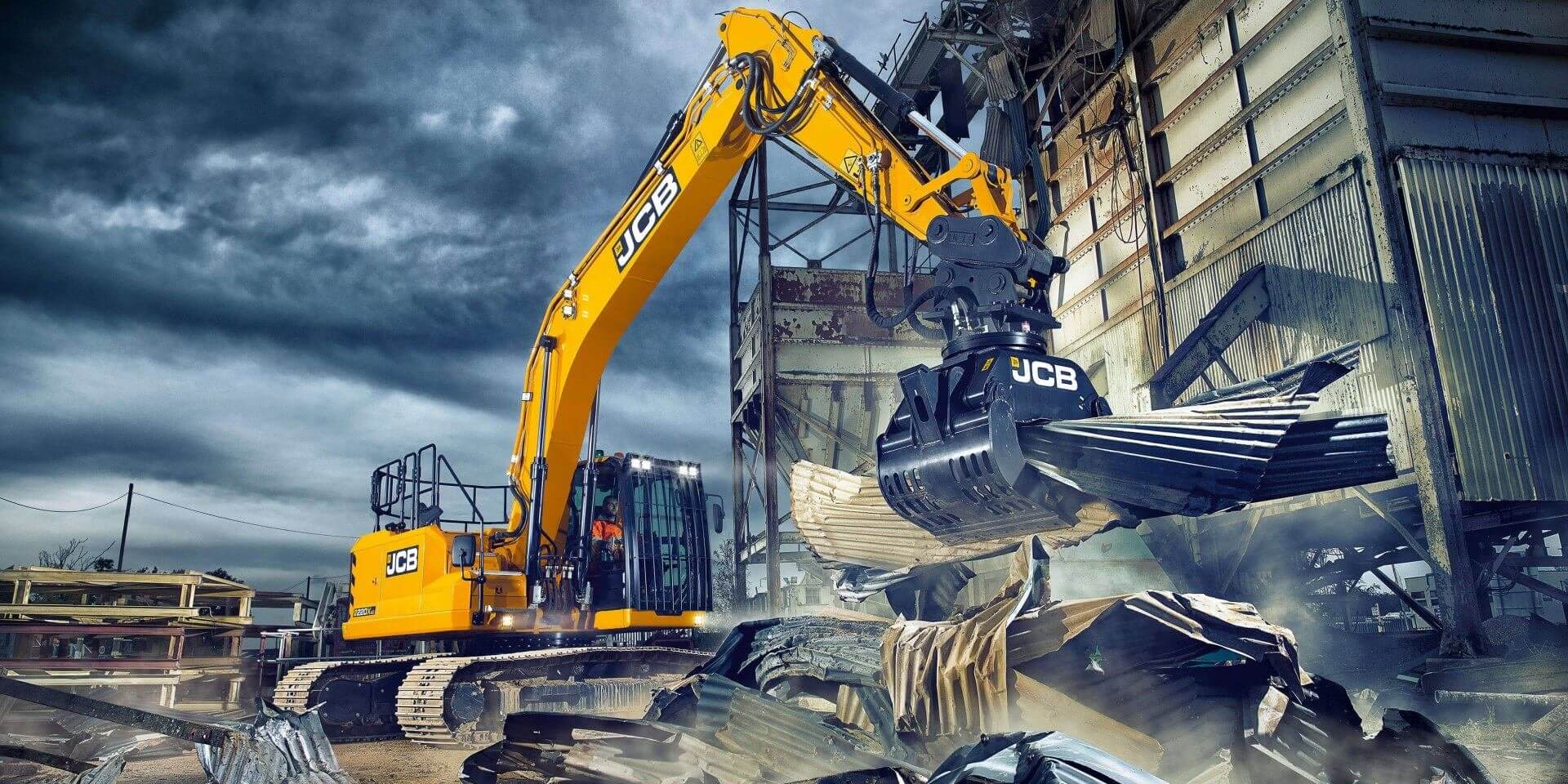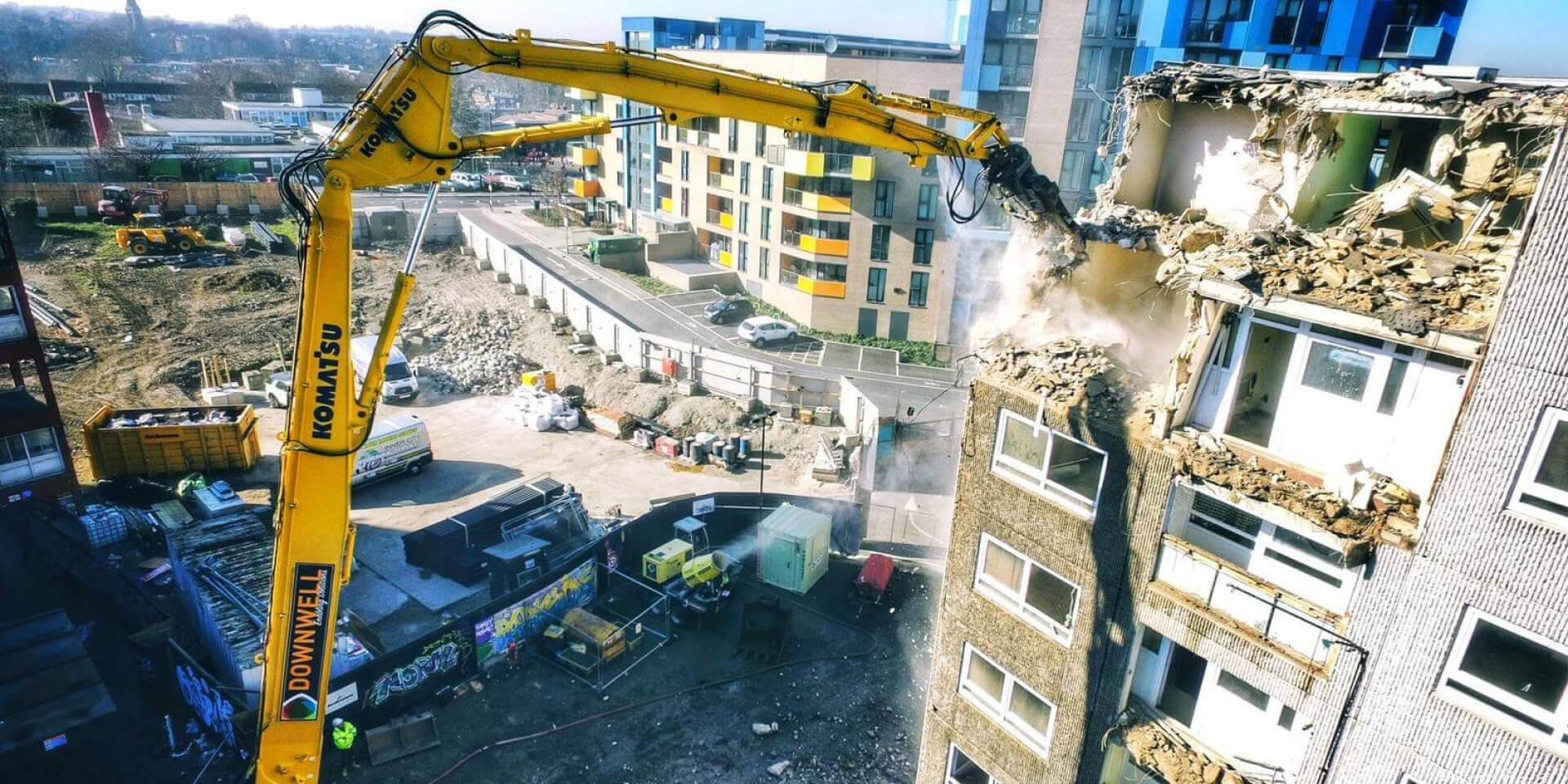
If you have been following our “Coming Gold Rush” series in conjunction with C&D Engineering Consultants, you will know about the potential surge in work that lies ahead.
Hundreds of Large Panel System (LPS) buildings up and down the country now face a reckoning as local authorities and landlords look to rid themselves of these costly and potentially hazardous buildings.
That could mean a welcome upturn in demolition demand; but ONLY among those demolition contractors that are suitably prepared.
DemolitionNews and Demolition Insider has teamed up with C&D Engineering Consultants to produce an EXCLUSIVE and FREE positioning document that will help demolition contractors prepare for the coming wave of activity.
You can claim your FREE copy using THIS LINK.













